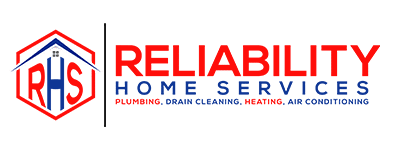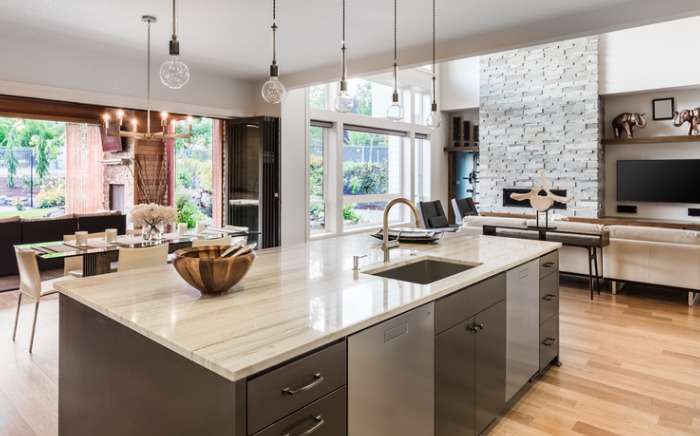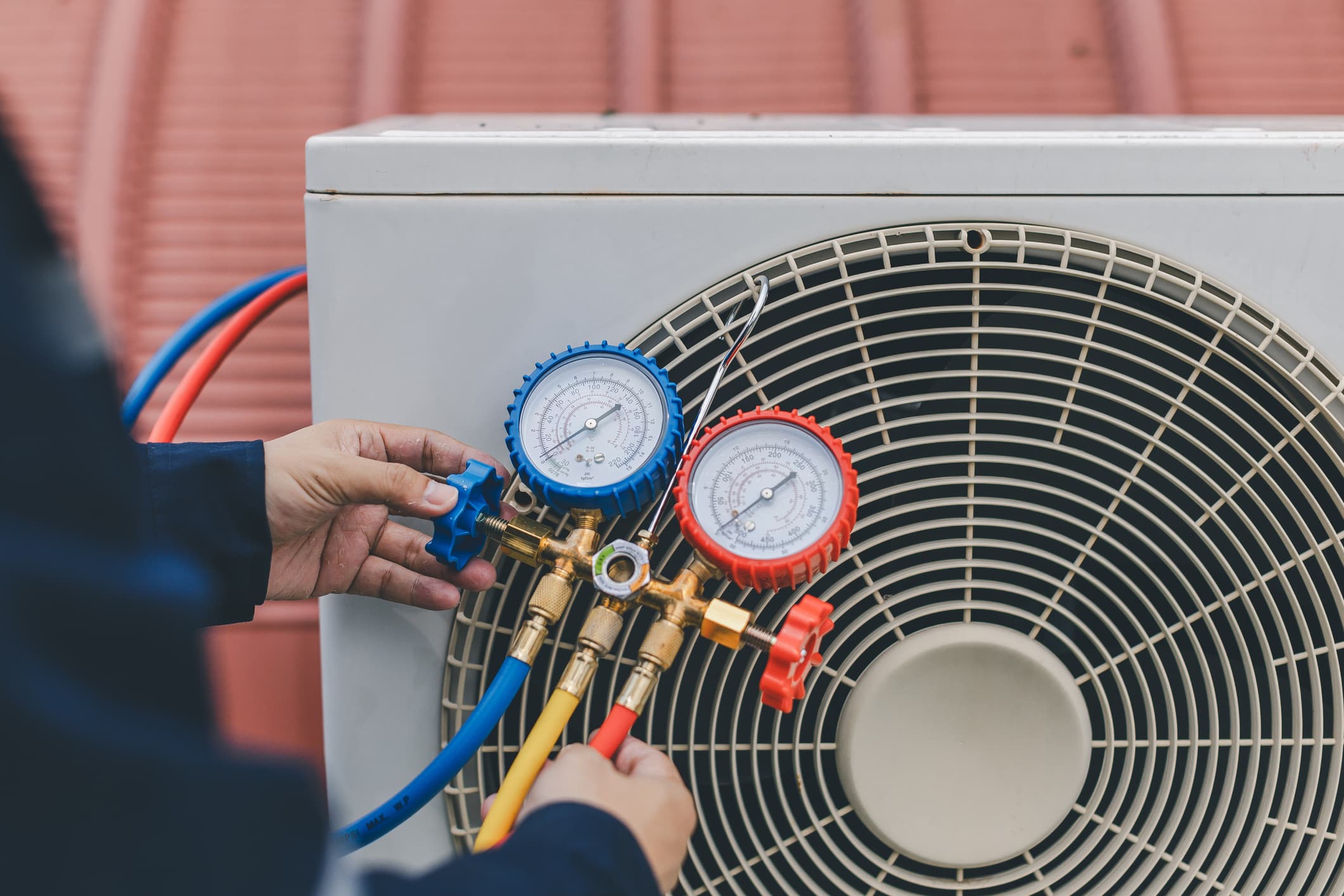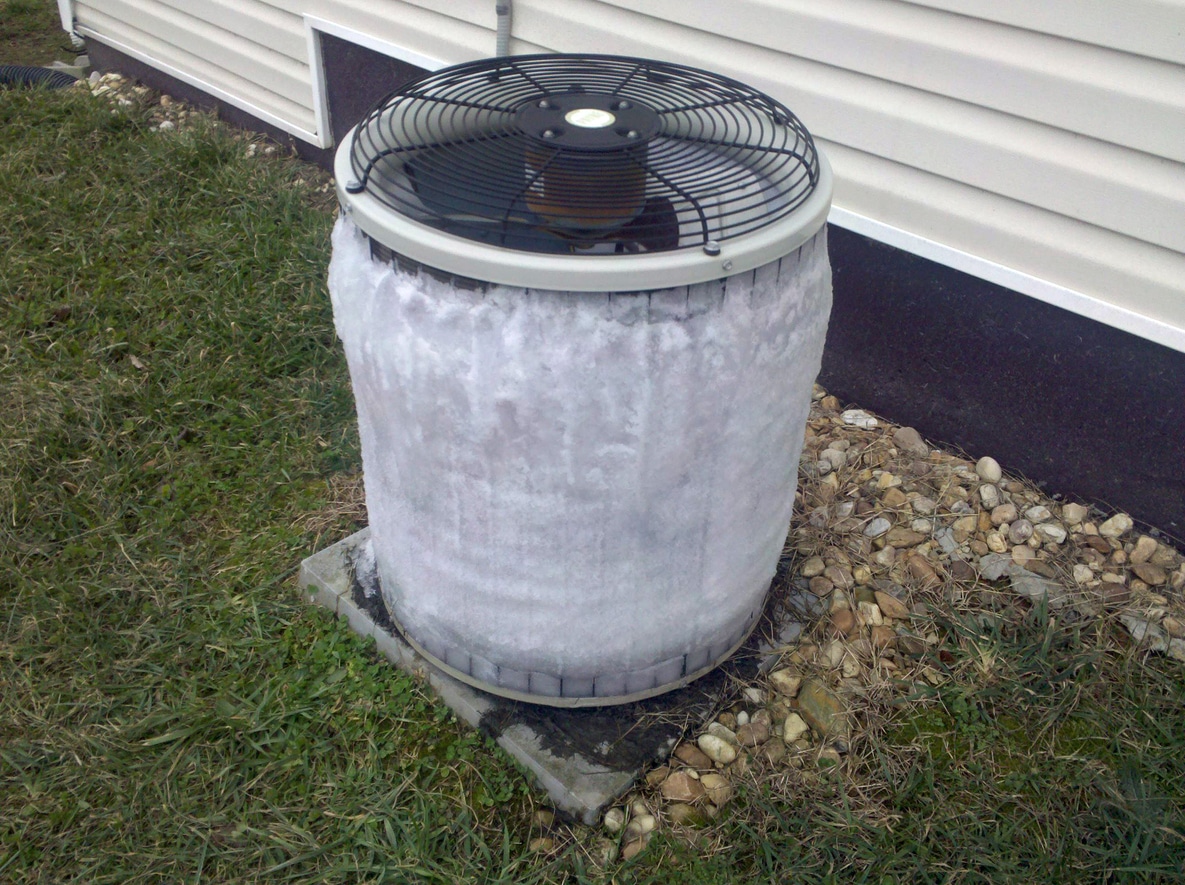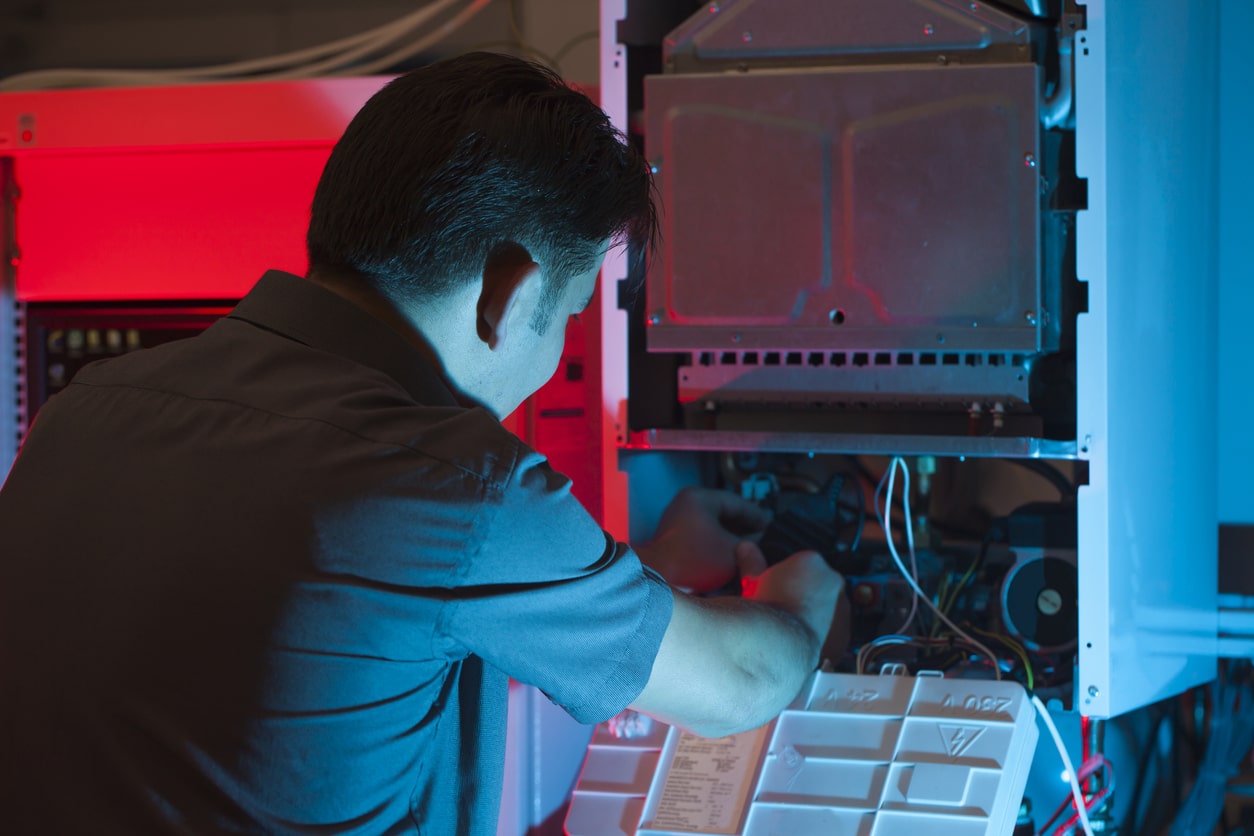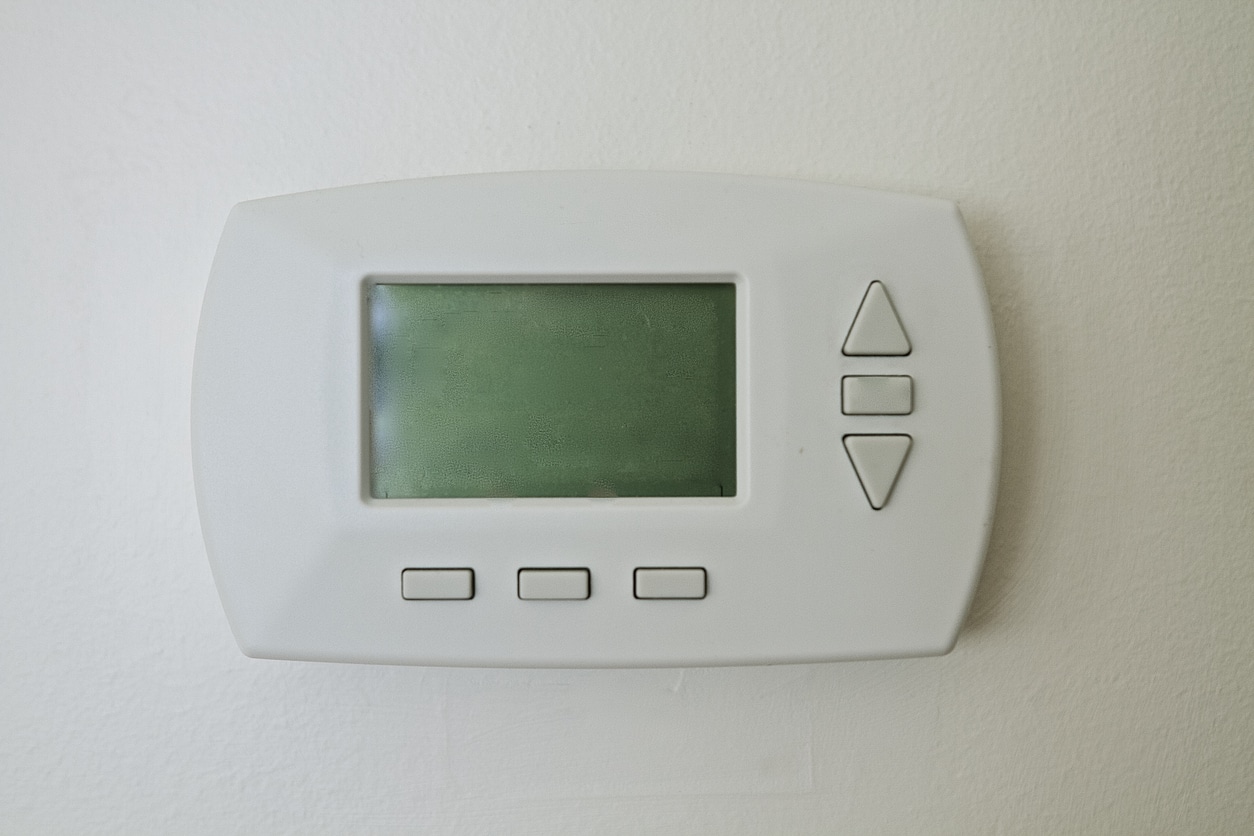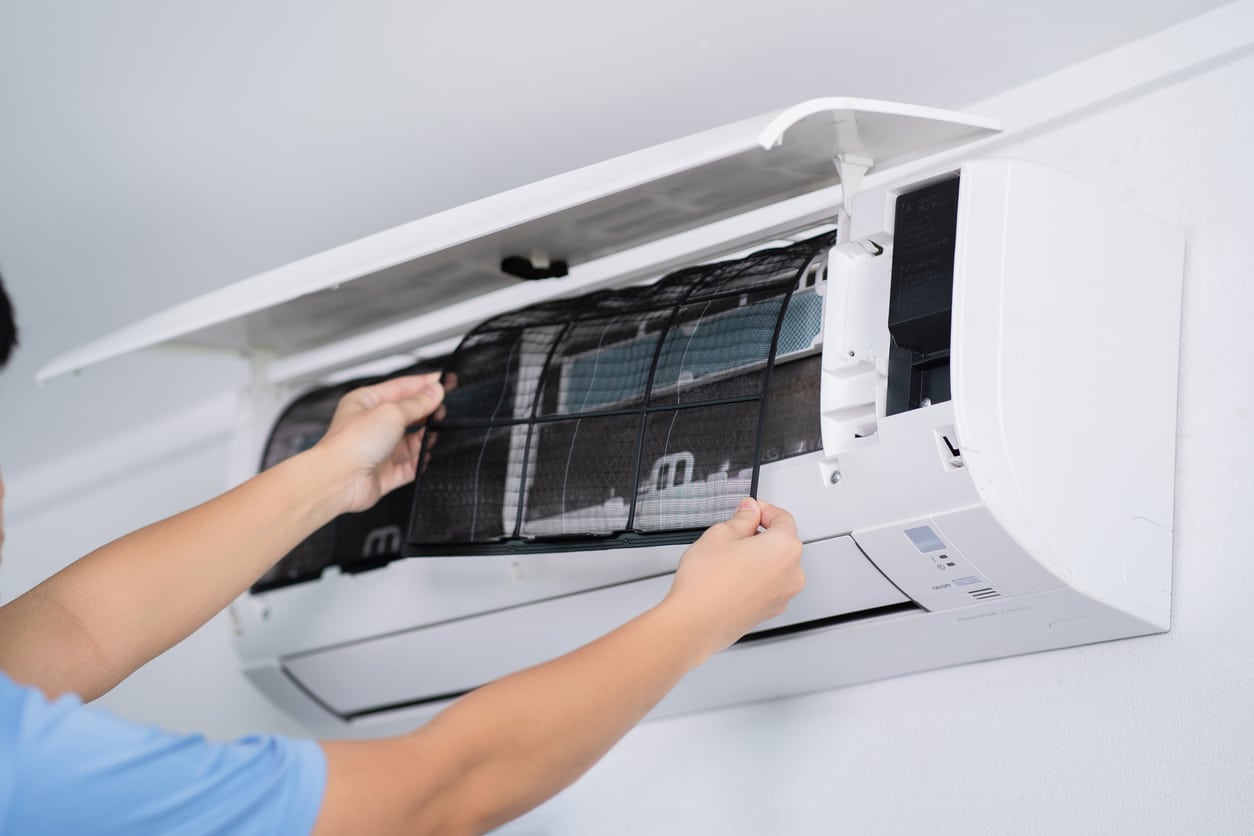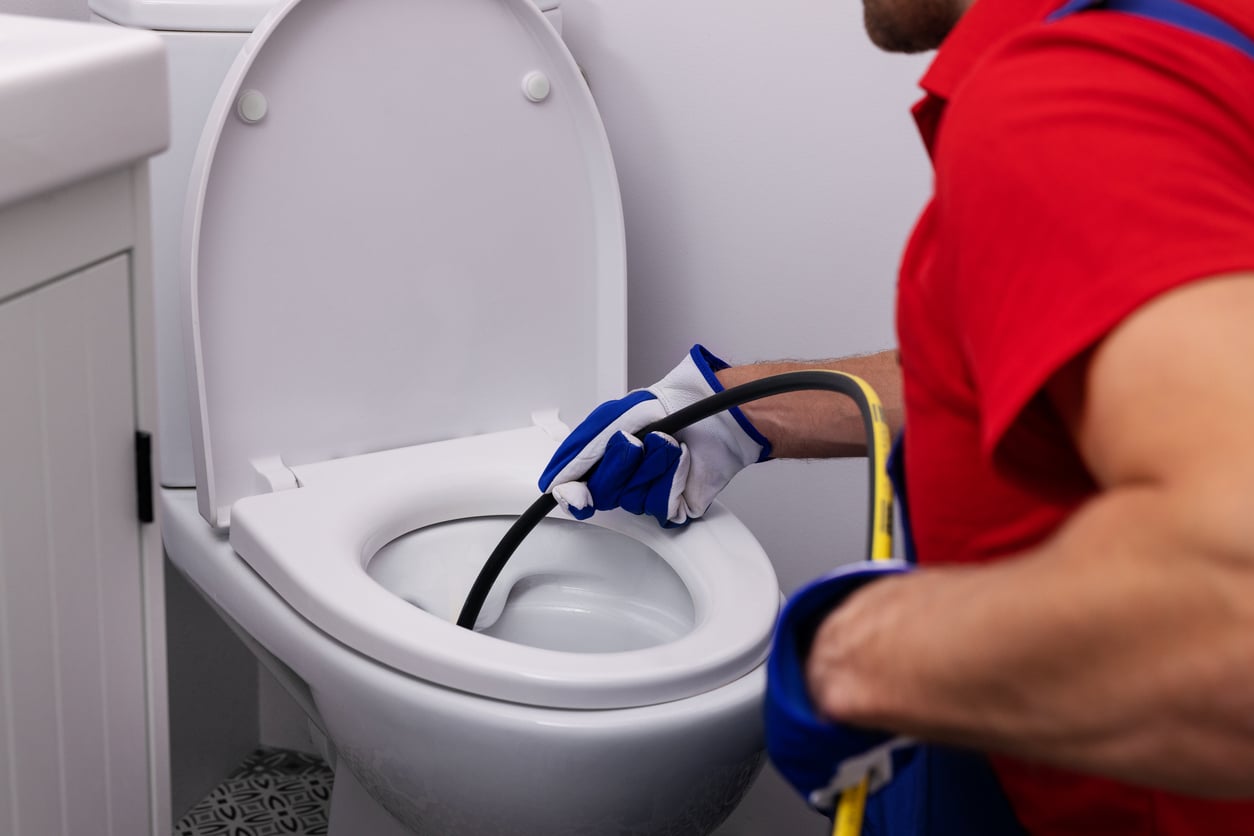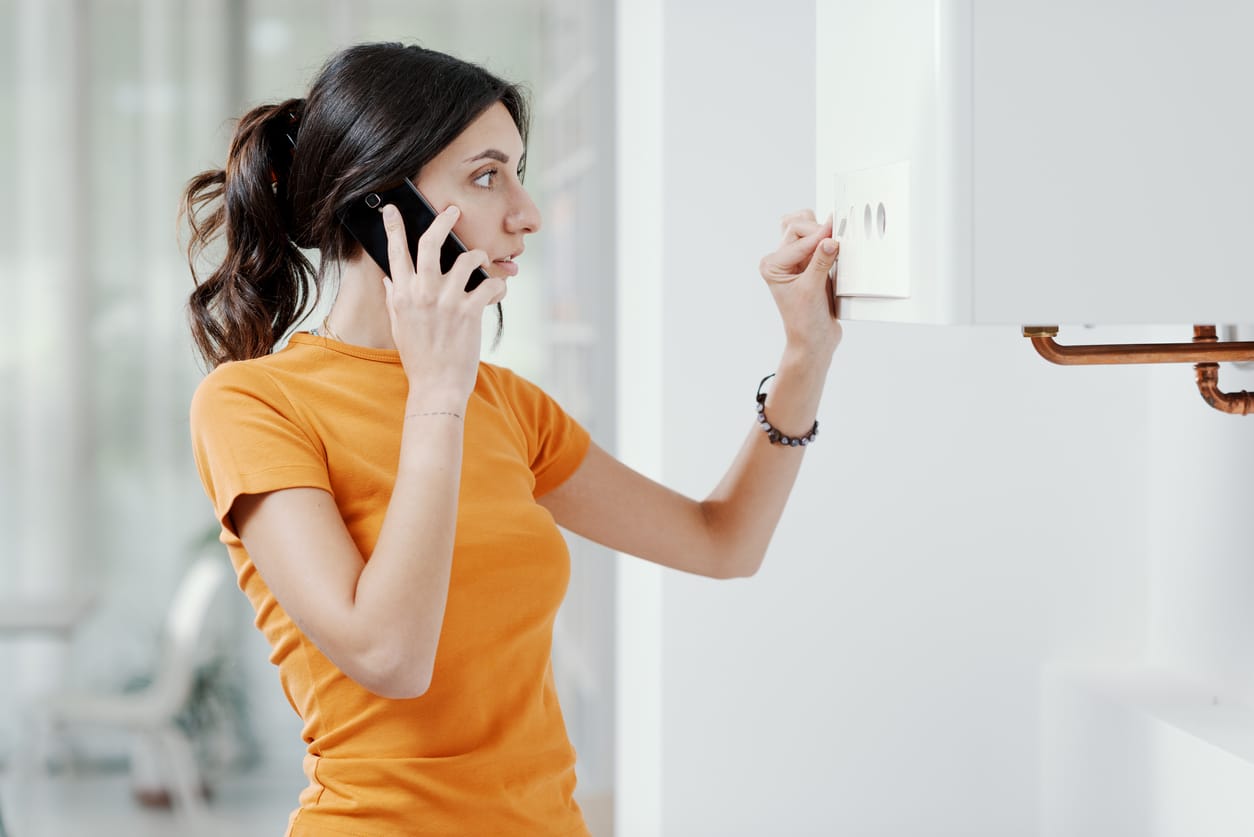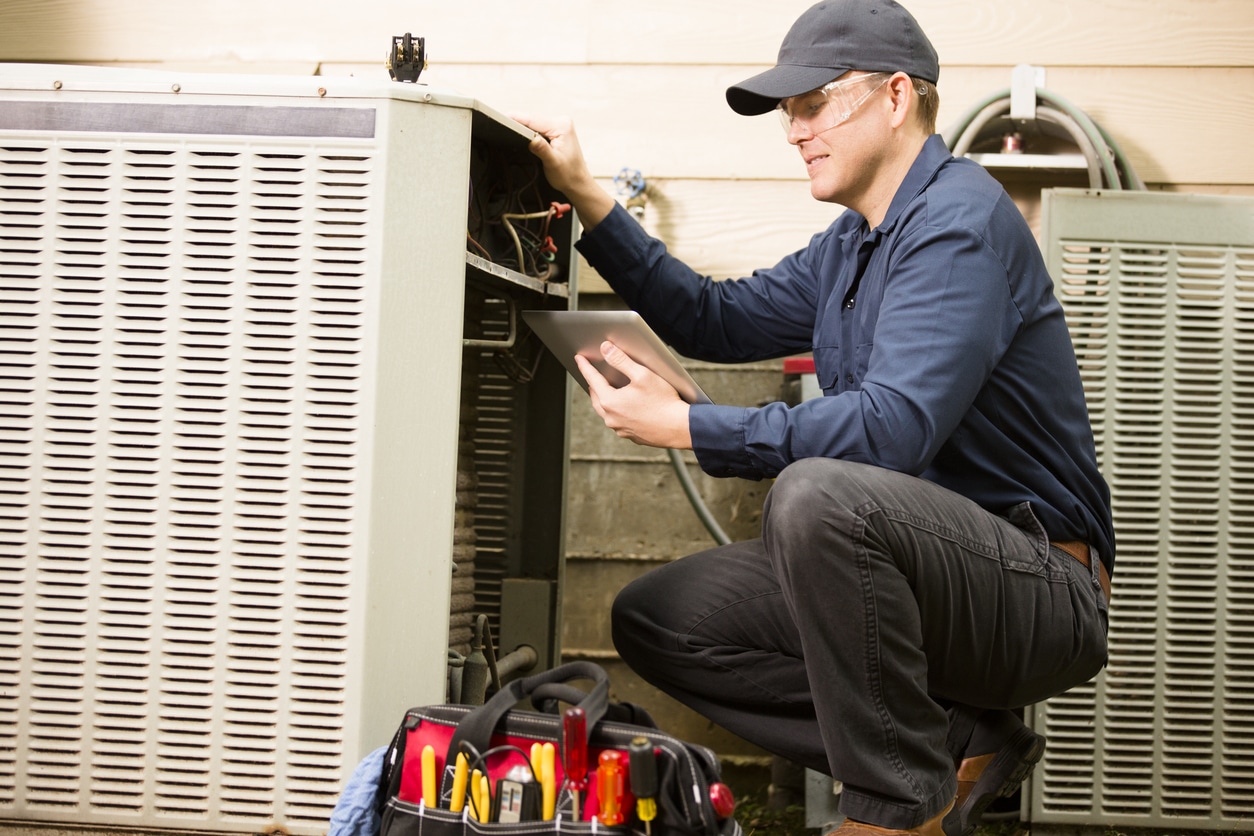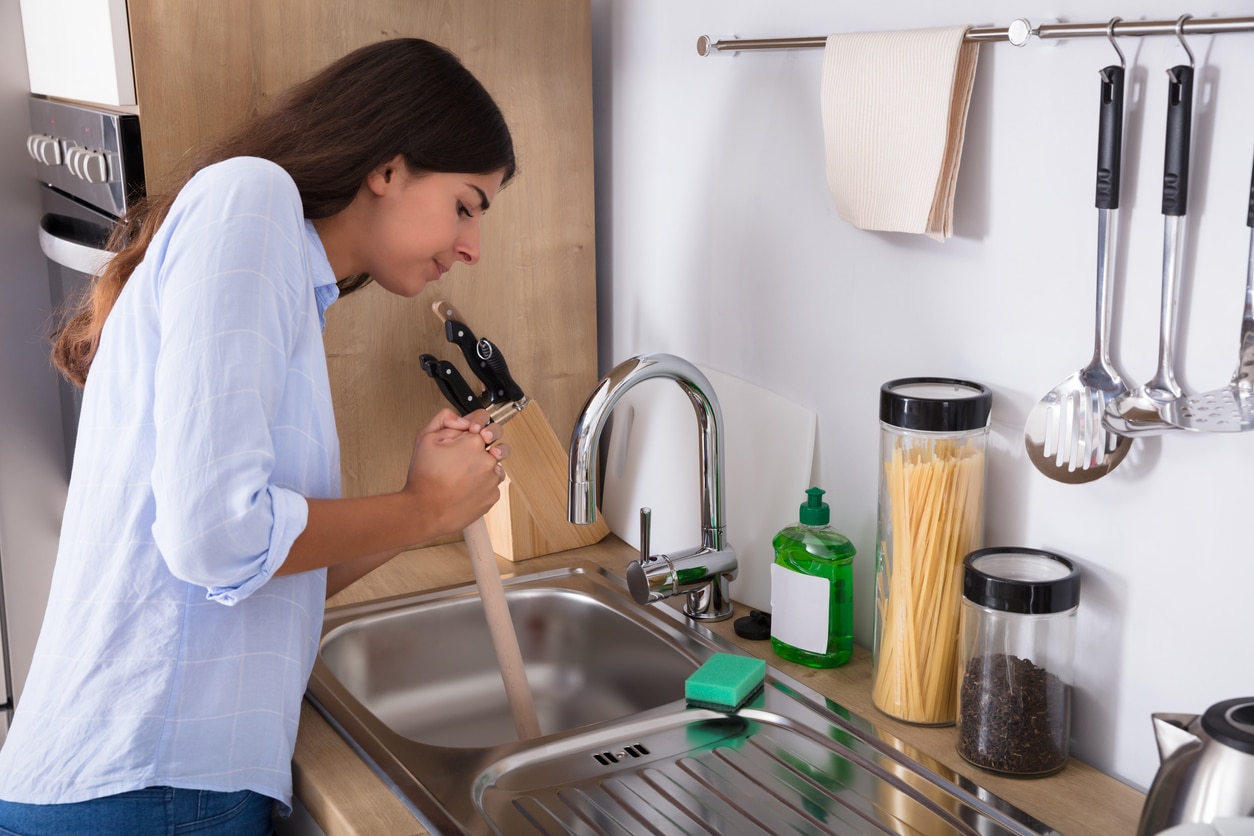Deciding to remodel your home can be a great choice with a lot of benefits whether it’s for improving your home, or for investment purposes.But there’s one thing that many people often forget about when it comes time to start ripping up floors or tearing down walls, and that’s keeping the air safe. However, we’ve put together some important tips you should follow for a safer, healthier remodeling experience.
Take Extra Precautions Removing Old Paint
If you’re taking down walls or stripping paint from walls, and it’s clear that the paint job hasn’t been touched since 1978, watch out for lead.In older paint, lead was used as one of the ingredients, and while it’s comparatively safe as paint on a wall, once it is released into the air as lead dust, it can present some major health issues.Adults can find themselves experiencing breathing difficulty, or even suffering from respiratory issues.However, children are especially vulnerable to lead if it should get into their still-developing lungs. Don’t take chances when it comes to homes with older paint jobs. Make sure the appropriate measures are taken to protect workers as well as after the work is done when it comes time to clean up the remains.
Carefully Inspect Neglected Spaces
If part of your remodeling project is to repair and reclaim “abandoned” areas like a basement or attic, make sure you safely examine these areas first. This is especially critical if the condition of these areas are such that they’ve had some exposure to the elements, such as allowing rain or animals in.That obviously means you’ll need to do more work, but there’s an extra, air quality related dimension. Places that have leaked in moisture over time may have allowed for mold to infest an area. While mold itself is generally harmless, the spores mold inject into the air to reproduce can cause a variety of different lung-related illnesses.If you’re exploring an area that’s allowed rodents to get in, wear both protective clothing and breathing gear. Rodent remains, like urine, droppings, and even fur or skin particles, can all remain virulent. Physical contact, or breathing in this residue can—and does—regularly infect people who don’t take proper precautions.
Get a New Filter For Your HVAC System
There’s just one final housekeeping task for quality air once your remodeling is done. Go to your furnace or other HVAC system and remove the filter that is currently in place.The normal schedule for replacement is about every three months, but in this case, it’s better to do it now.The reason for this is twofold. First, for safety reasons, the filter has become very dirty thanks to all the extra dust and other particles sent into the air by the remodeling.Every time your HVAC has turned itself on, that dust was sent to the filter and caught. However, a dirty filter forces your HVAC system to work harder than it needs to. That reduced efficiency translates into higher energy bills. Go take care of it with a new filter.Now that you’ve followed all these tips, you can breathe easy knowing that your remodeling of your home in Dundalk, MD was a big success. Not only did you customize your home just the way you like it, but you’ve also added to its property value, and even kept your air quality safe for everyone involved.
